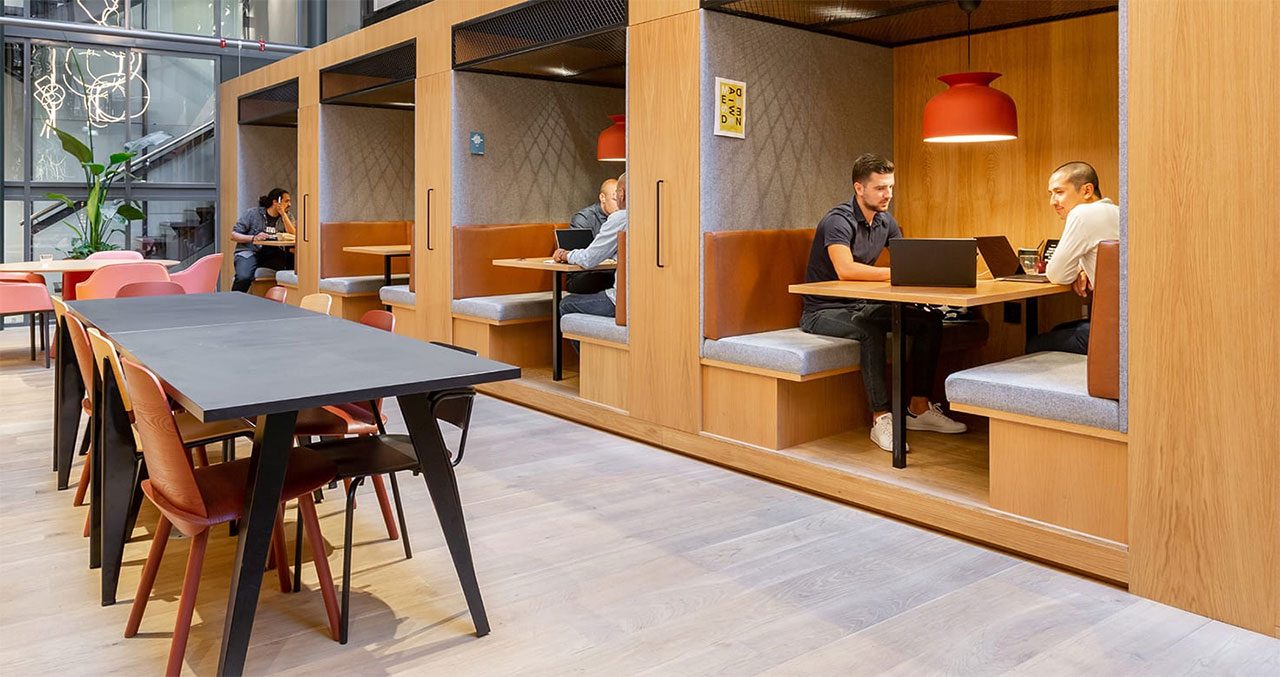This article is from the Australian Property Journal archive
WITH widespread hybrid working unlikely to go anywhere anytime soon, new research reveals that it could save businesses on average $14,300 per employee.
According to research conducted by International Workplace Group (IWG), the worlds largest flexible workspace company, the hybrid work model is set to expand over the course of 2022.
“The rapid global rise in the adoption of the hybrid-working model, where companies use technology to give their employees effective remote access and home working, in combination with easy-to-access local centres and traditional head-office sites, is here to stay,” said Mark Dixon, founder and CEO of IWG.
On top of the much explored social and health benefits of a hybrid working model, adopting such a model and utilising flexible workspaces could offer massive economic businesses, through savings on overhead costs such as rent, heating and support staff.
The research modelling shows that regardless of the size of the organisation, significant savings are possible, with a global bank with 200,000 employees able to save $2.8 billion; a tech company with 20,000 employees able to save $282 million; and a services company with 2,000 employees able to save $28 million.
Moving offices out of expensive CBDs could also mean savings for businesses and often means cutting down on the price of commutes for workers.
According to research from the Productivity Commission, employees could on average save $394 each year on public transport costs by just one day a week of hybrid working each week.
While COVID-19 reductions to public and private transport commutes in the Greater Sydney Metropolitan Area in 2020 saved an estimated $5.6 million in travel time costs.
Reducing time spent commuting would also result in a positive reduction in each worker’s carbon footprint.
With employees spending at least some of their week working from home could lower nitrogen emissions associated with car exhaust pollution by as much as 10%.
A poll from PwC last year already revealed that 57% of business leaders found that their firms have been more productive than ever before, with only 4% seeing the opposite.
Additionally, according to IWG, 50% of workers would quit their job if made to return to the office for five days each week and more than 75% would choose a long-term flexible work model over a 10% pay rise with five days spent in a traditional office.
“Not only do employees benefit from a dramatically improved work-life balance, but the model also represents a significant win for a company’s bottom line as well as employee bank balances,” concluded Dixon.





